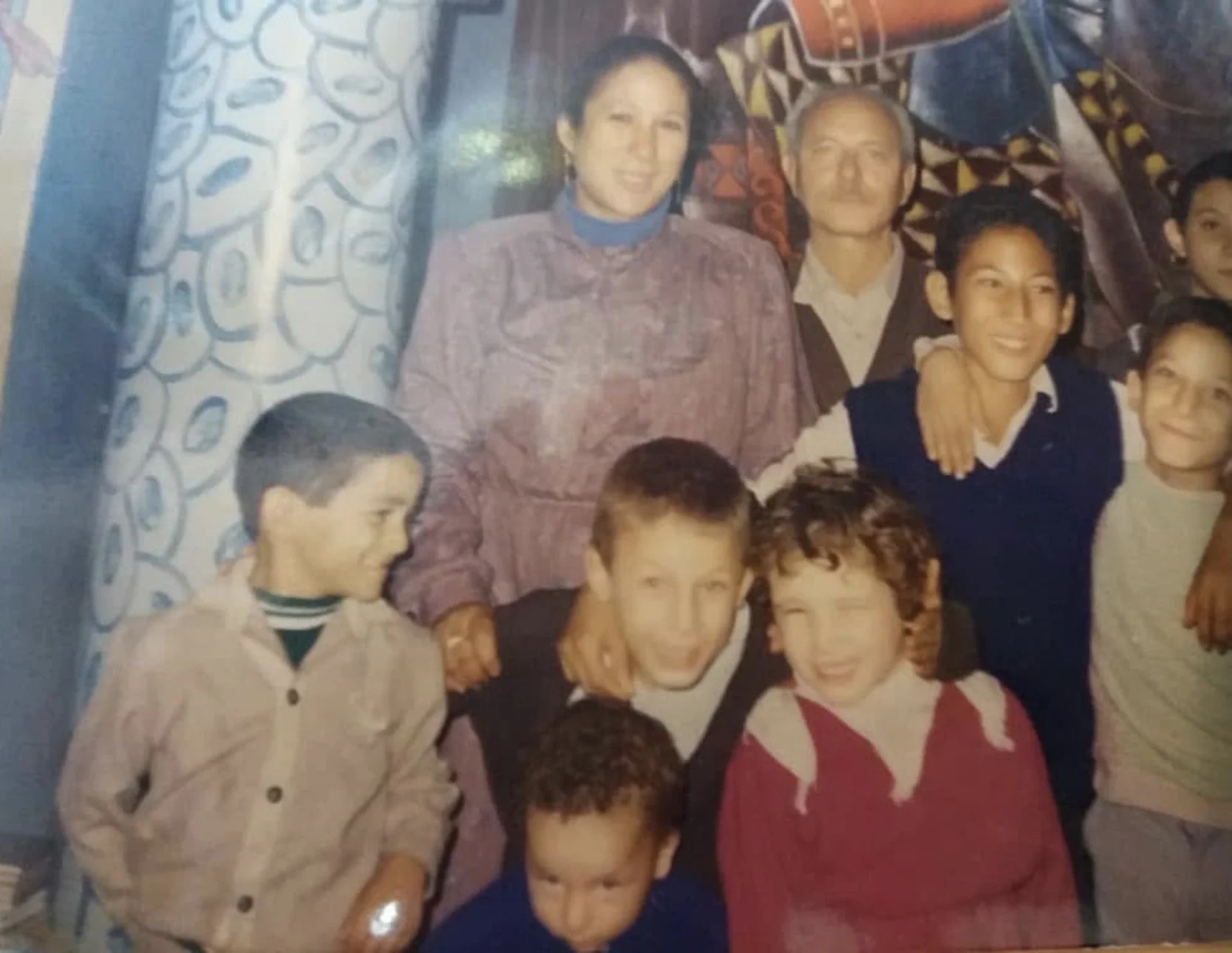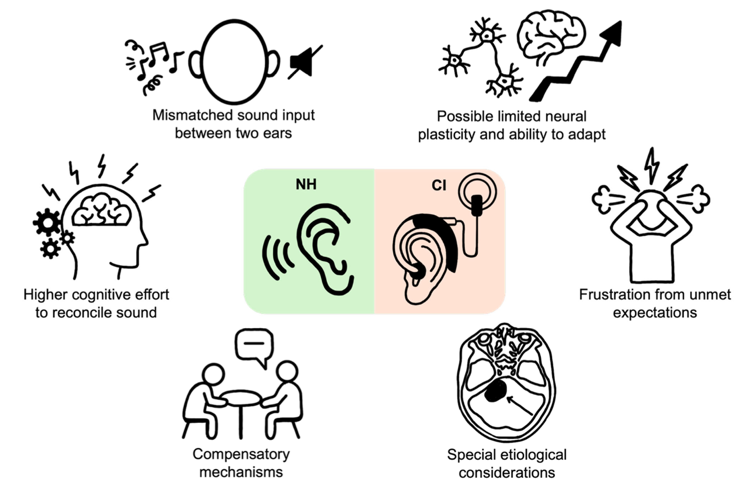College basketball’s winningest player of all time, Antonio Anderson ended up with a vision problem as well as losing his hearing from separate causes while only in his 20s. It cut his career short—but not his passion for the game.
By Antonio Anderson
Here I am, 26 years old, on a flight from Boston to Las Vegas to compete in an overseas showcase to get back on a professional basketball team’s roster after a major setback.
But for some reason I can’t hear my headphones. I check the battery level, it’s charged, I look at my phone, the music is playing, yet for some reason I can’t hear anything.
Growing up in Lynn, Massachusetts, running around parks, weathering winter storms, going to school dances, I never thought much of my five senses, I simply just had them. Sports were big in my community, it’s what we did to stay out of trouble—it was either join a team or join a gang. Luckily, my older brother and uncle played basketball and showed me early on it could be used as a vehicle to make it out of our hometown.
That’s just what I did. In high school I became a top ranked recruit in the AAU basketball circuit and even won a tournament Most Valuable Player over Kevin Durant. I committed to play for John Calipari at the University of Memphis.
Memphis became a second home and the city embraced me on and off the court. I guess this is the part where I have to brag a bit about my accolades at the University of Memphis, so please allow me: In my four years at Memphis our record was 137–14, making me the winningest player in NCAA Division 1 basketball history. Even today I still hold the most wins recorded in a four-year college career.
In 2007 I was the conference USA Defensive Player of the Year and the College Insider All Defensive Team, in 2008 I was the Conference USA tournament MVP, and in 2009 I was named to the NABC All District team. I have played the most minutes in the University of Memphis’s basketball history—4,466—just under 30 minutes a game across my 151 games played.
I scored 1,276 points, 600 rebounds, 537 assists, and 217 steals. My team played in one Sweet 16, two Elite 8s, and one National Championship. I eventually was inducted into the University of Memphis’s Hall of Fame.
Now that we have all that out of the way, let me discuss where my story actually begins.
In 2007 while playing against Mike Connelly and Greg Oden’s Ohio State in the Sweet 16, I was poked in the eye and had to come out of the game, eventually to return. I thought nothing of the injury at the time. Eventually throughout the next few months and years to come my eyes were always bothering me. Playing in arenas with bright lights and screaming fans was once a dream, now the reality of those lights was causing me to lose my vision. I fought through it for the rest of my college career.
However, once I started to play for NBA teams, my eyes began to flare up. I was cut from many teams because my eyes would not allow me to continue. I eventually was diagnosed with uveitis, an inflammatory disease in the middle layer of the eye. I kept battling this disease for years. I thought I could tough it out but I knew I had to take some time off from basketball and get my eyes right. I received my first surgery in 2011 and since then I have undergone more than eight eye surgeries.
Anderson was poked in the eye, triggering uveitis, an inflammatory condition.
After about 18 months I was ready to give basketball another chance. After I played in the Puerto Rico summer league I felt back in shape and ready to get back on a roster. My agent had me fly out to Las Vegas for an overseas showcase to try to land a contract with a team. On the flight to Vegas I could not hear my headphones, I thought my Beats by Dre headphones were either broken or out of batteries.
When I landed I called my ride but I couldn’t hear the person on the other side of the phone. Once again I did what I knew how to do—I fought through it. I landed a few contracts from the overseas team but knew I needed to get back to Boston and figure out what was happening. I went to see Ronald K. de Venecia, M.D., Ph.D., at Mass Eye & Ear where after testing he told me I had a total loss of hearing in both of my ears.
He mentioned a bilateral cochlear implant—in both ears—would suit me best. I was heartbroken. I believed I had finally conquered my eye problems and now as a 26 year old I had lost my hearing.
At that point I felt I was done, basketball was over for me. My dream of having an NBA career felt like just that, a dream. I gave up for a while. People knew me as Antonio the basketball player, and now I needed help seeing and hearing.
I was not ready at that point in my life to become reliant on people or a burden to anyone. I went to a dark place for a while. I talked with my doctors and decided to get cochlear implants in both ears.
Eventually a friend of mine asked if I would help him coach a youth team for the night. I did not want to, I didn’t want the kids to ask questions—what’s that on my head? Why didn’t the Thunder sign you for the entire season? Why are you not back in the NBA? Why are you home? Why do your eyes look like that? I didn’t want to answer these questions. Simply put I was afraid.
But somehow, some way, my friend dragged me to that practice. In a little gym with rubber floors, chipped wooden bleachers, lights that didn’t match up in the ceiling, I fell back in love with the game that gave me everything. During that practice I realized I had a passion for coaching and teaching kids, here back in my hometown, and this showed me there’s more to basketball than just playing it. Coaching and mentoring kids was super rewarding.
Now with bilateral cochlear implants, Anderson coaches youth basketball, first in his hometown in Massachusetts and more recently in Florida.
When I returned home that night my mind was racing. The old Antonio was back. That same spring I started the Antonio Anderson Skills Academy, where I and a group of young people trained and mentored kids on the North Shore of Boston. Just a year later I was hired as the boys basketball coach at a high school in my hometown in Lynn.
We went on to win back-to-back state championships. My love of the game was back and the competitiveness and will to win was burning in me. Yes, it was a little different—sometimes players had to repeat themselves, other days I may need a coach to drive me home after practice because driving at night with uveitis can be hard.
However, we adapted, all of us did as a unit. My players knew if you needed to talk to me, they needed to speak to me face on and talk louder than most. I never expected kids to be so kind and willing to work within my own disabilities, but they did.
Anderson’s childhood friend Jake Fay is a documentary filmmaker, and trained by Anderson to become a Division 1 basketball player himself—and the perfect person to share Anderson’s story.
My goals in life have changed, just like anyone else’s. I thought now at 38 years old I would be wrapping up a long and successful NBA career. At 23 when I entered the NBA draft that’s all I could think of. I now know life doesn’t always go the way you plan, you have to adjust to life’s changes or it will leave you behind.
I was once embarrassed by my hearing aids and now I wear them with pride. I use to wince at the idea of people asking questions about my journey and now I want to tell my story in the hopes that it will connect and help others. Whether someone is battling a disability or not, I hope my story and what I have gone through can help.
I asked my friend Jake Fay, a film director and producer from my hometown who still lives in Massachusetts, to tell my story on screen. Our working title is “Silencing the Court.” I used to help train Jake and he went on to play D1 basketball and get a degree in film.
Jake now has a feature film and TV series streaming on Amazon Prime. We have been working on making this film a reality since 2020. Making a film is never cheap, especially one that requires stock footage from the likes of ESPN, CBS, and many others. Together we want to share my story of tragedy, triumph, and most of all inspiration.
Antonio Anderson is now at The Academy of Central Florida. As a high school basketball coach he has helped more than 100 kids go off to college.
Please consider helping make this film a reality. Contact Jake Fay for more information at fayjake7@gmail.com. For more, see instagram.com/silencing_the_court_film and bteaminspiredcinema.com/silencingthecourt.










An audiologist shares the science behind Halloween’s eeriest noises.